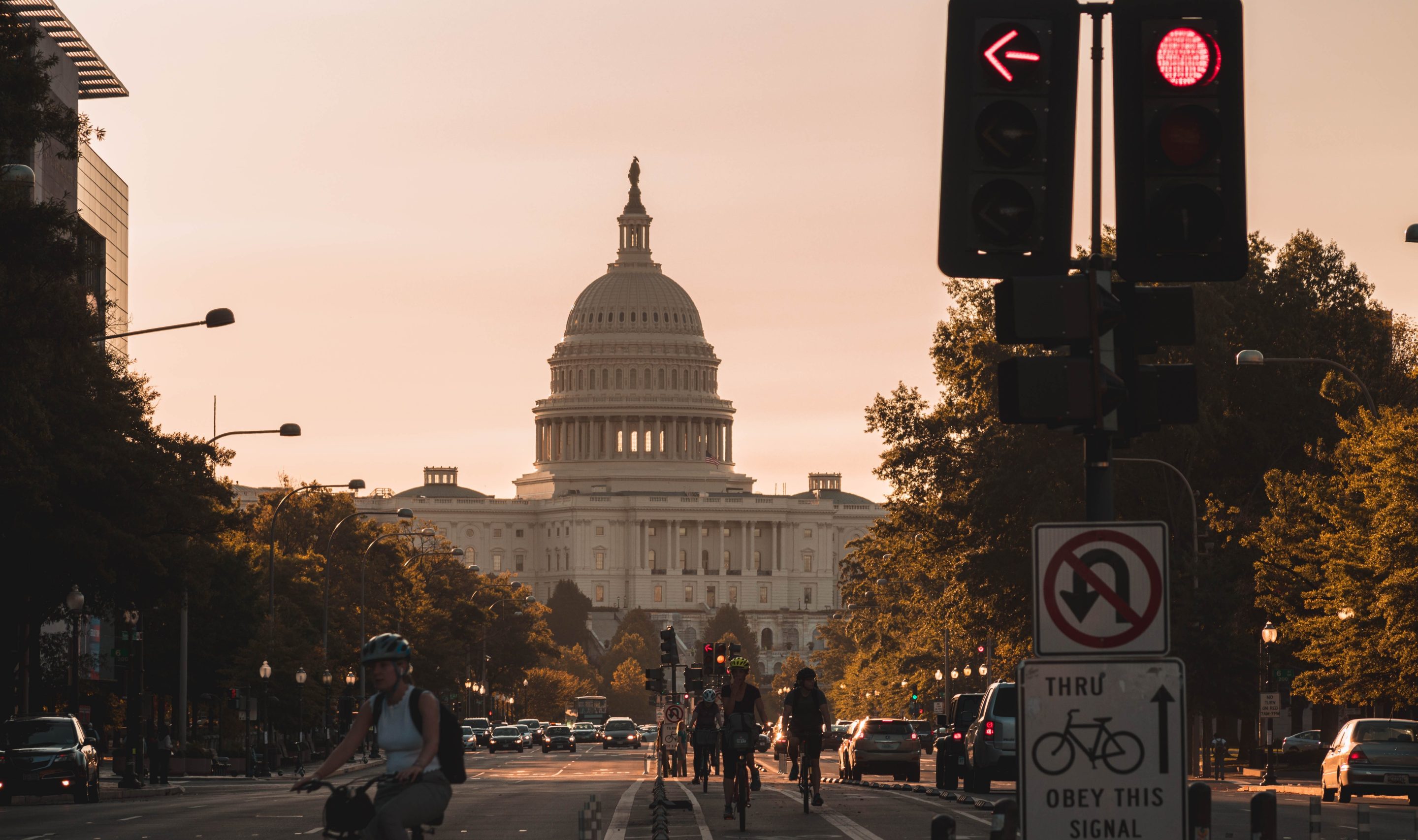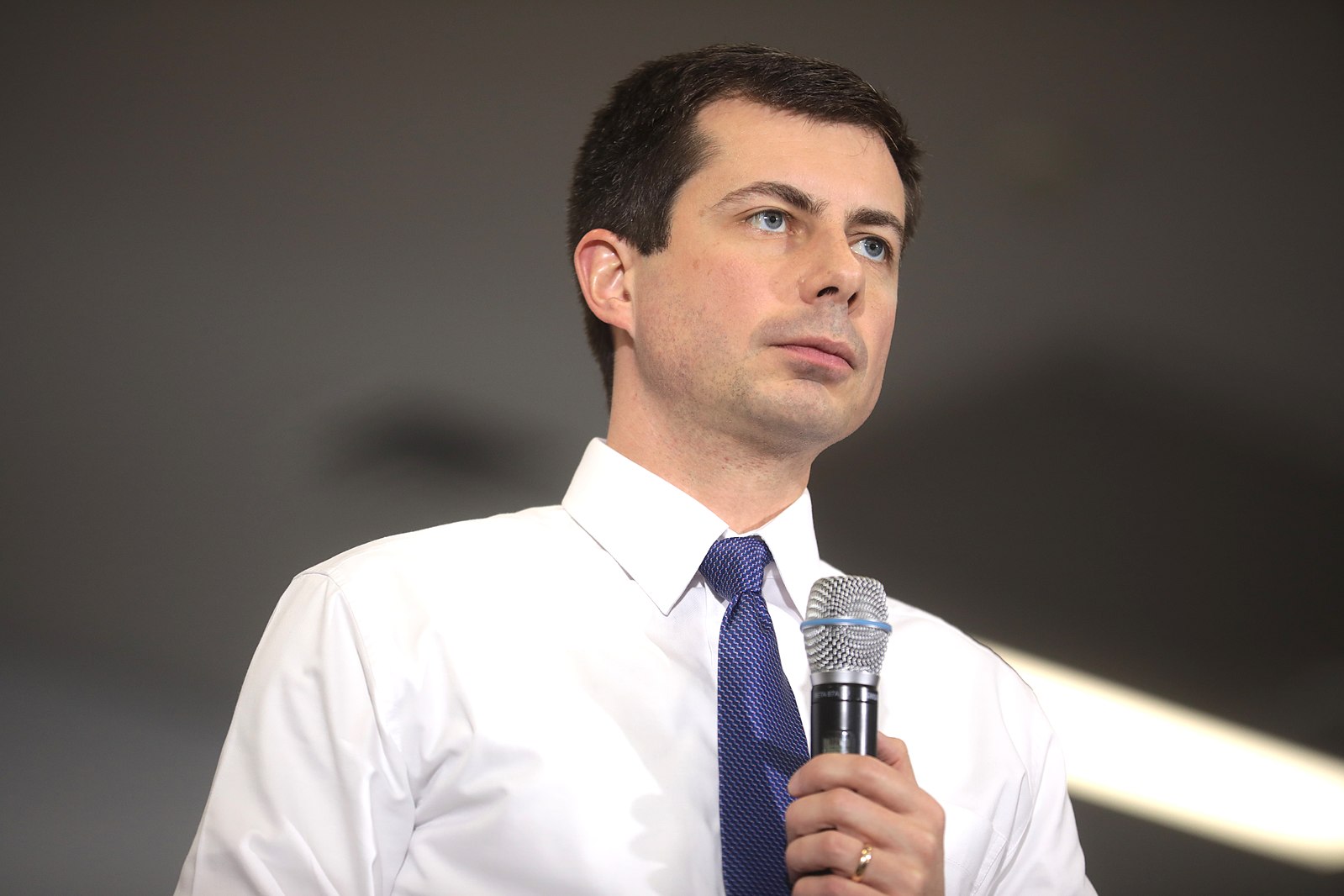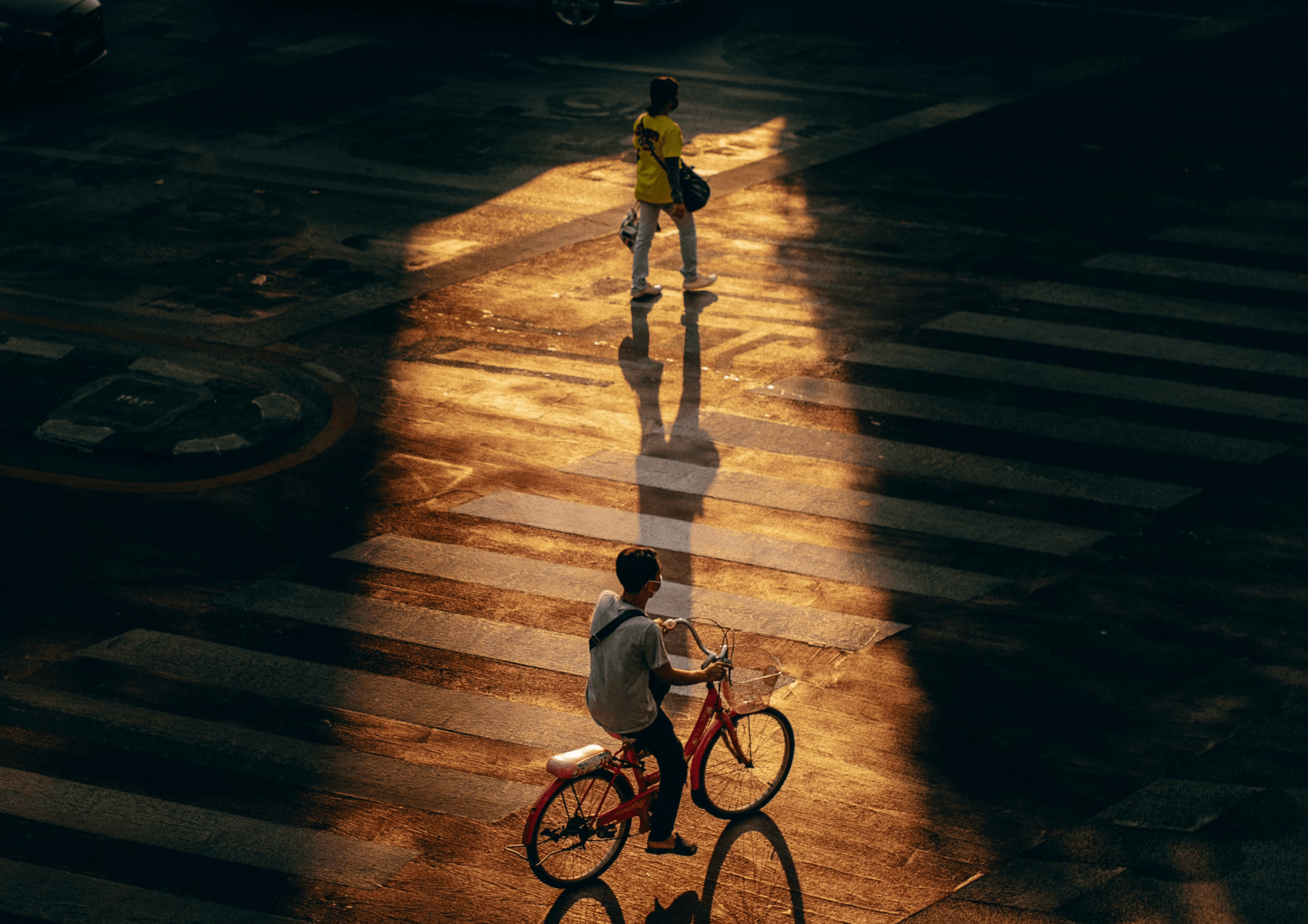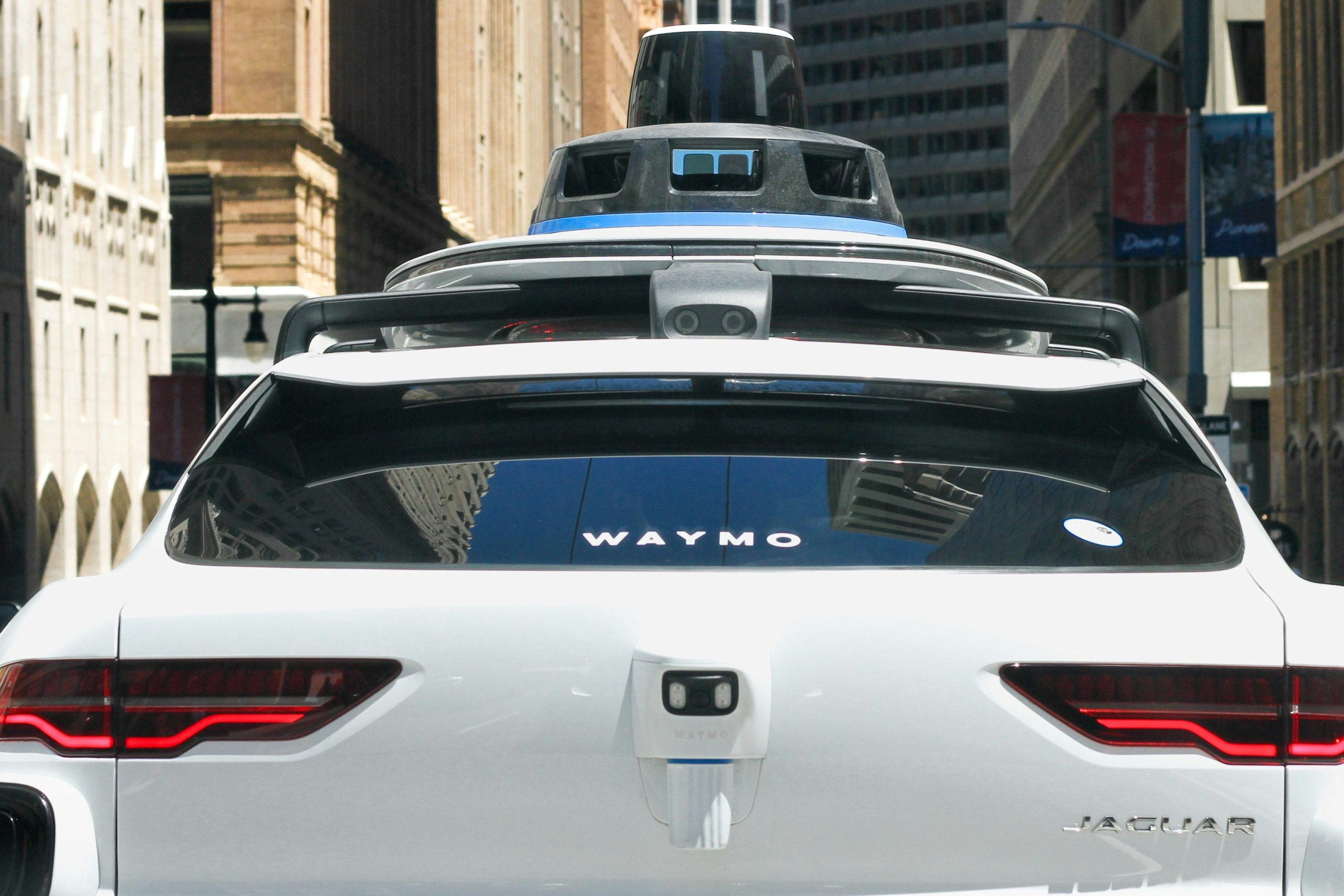A new educational campaign will send a special message to the most dangerous drivers on the road that their behavior is not normal — and hopefully, leverage the power of psychology to get them to do better.
As part of a recently announced pilot project, transportation officials in Washington D.C. identified roughly 100,000 vehicle owners who received at least two automated traffic camera citations since 2021, and have sent them messages to let them know they're statistically likely to hurt themselves or others if they don't drive more safely.
That message, though, won't come with another fine, and the tone of the alert isn't even particularly scolding. Rather, it's meant as a wake-up call to anyone who might view the occasional ticket as just a normal, annoying part of life — and don't realize how much they and their neighbors could stand to lose if they keep racking them up.
“I think people may have this assumption that yeah, they've gotten a couple of these citations, but they think that's average," said Charlie Willson, interim director for the District's Vision Zero program. "The first thing a letter does is it tells them, ‘Actually, you're not average; your vehicle is at higher risk of being involved in a crash.’"

Rather than starting from the assumption that all recidivist drivers are just reckless jerks who don't care anyone but themselves — though some might be — the architects of the new pilot theorize that some subset of motorists simply don't understand why camera citations are such a big deal, or what consequences might follow from speeding and red-light running besides the occasional fine.
There's already some support for that hypothesis. A recent national survey found that 60 percent of U.S. motorists thought that automated enforcement was "mostly about raising revenue," presumably even when they're sited on calm, well-designed roads that make it clear in other ways that safety is a top priority.
And while, for many, the threat of a fine alone provides enough incentive to slow down — Willson says fewer than one percent of passing vehicles in DC receive a citation after passing a speed or red light camera — others seem to need another nudge, especially if the fine isn't a big portion of their income, or if they simply don't or can't pay their tickets at all. A recent Washington Post analysis found that drivers had racked up over $1.3 billion in unpaid tickets since 2000, including late fees.
To complement these enforcement efforts, the District will send the target motorists a carefully crafted letter framed around what they stand to gain by driving safer, including keeping their insurance premiums low, getting better fuel efficiency on their cars, or simply staying out of jail should they harm someone on the road. That letter, in some cases, will be accompanied or replaced by a text message — though not while the driver is still behind the wheel to be distracted by it, the team notes —and the messaging may be tweaked as the pilot goes on to testing whether there might be more effective approaches.
The researchers emphasize that the educational campaign won't replace the District's efforts to make streets safer in other ways, like building infrastructure that forces motorists to pay attention and, yes, continuing to issue fines. Still, if their hypothesis is right, they're hopeful this will be the kind of thoughtful traffic safety education campaign that actually saves lives — rather than just shaming pedestrians for their own deaths.
“[Crashes] are the result of interactions between systems of the built environment and thousands of little, individual decisions people are making when they're driving," said Sam Quinney, director of The Lab @ DC, the District's applied research lab and co-partner on the project. "And when you can do something like this to [reach out to] a large amount of people and potentially affect some of those decisions — that starts to add up to greater safety on the whole.”





